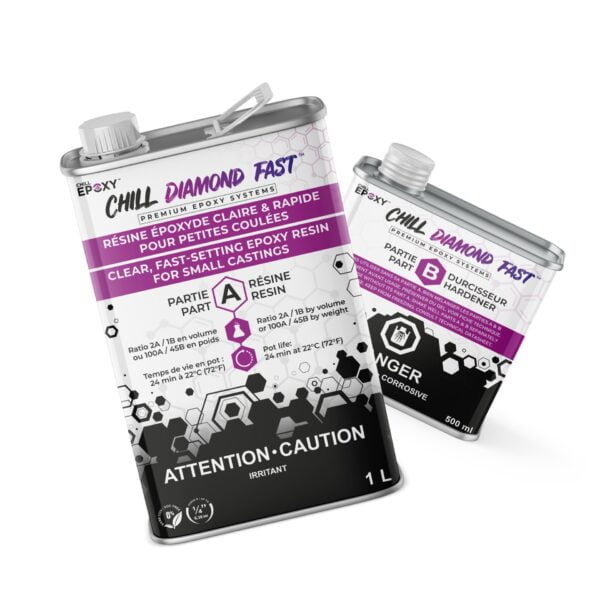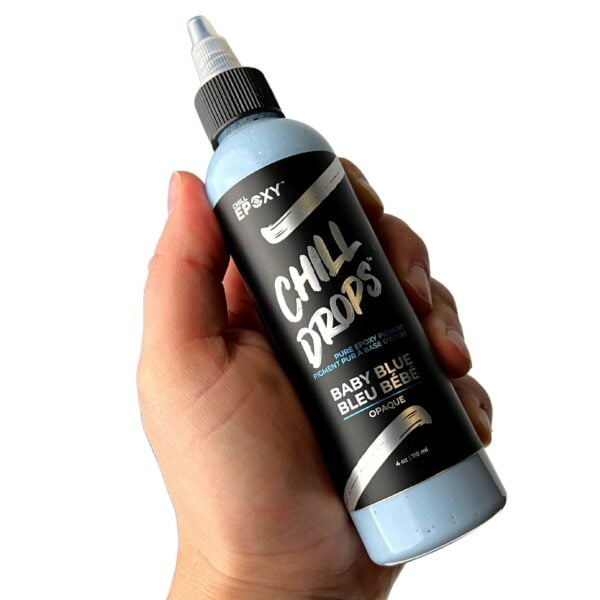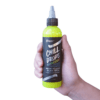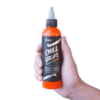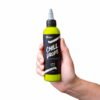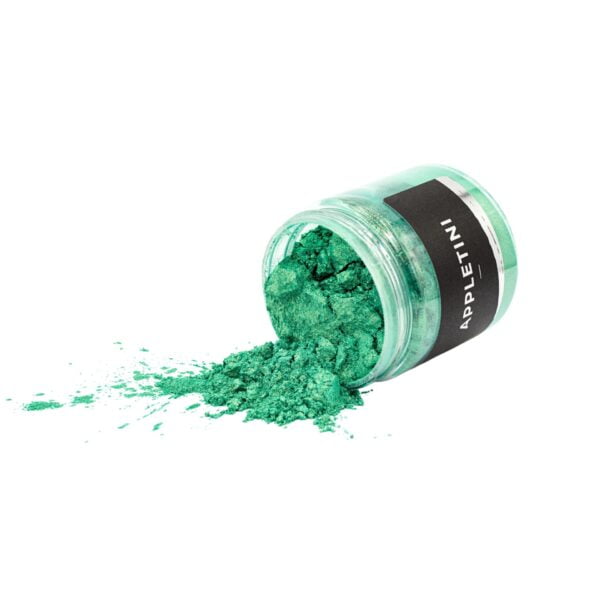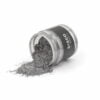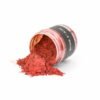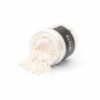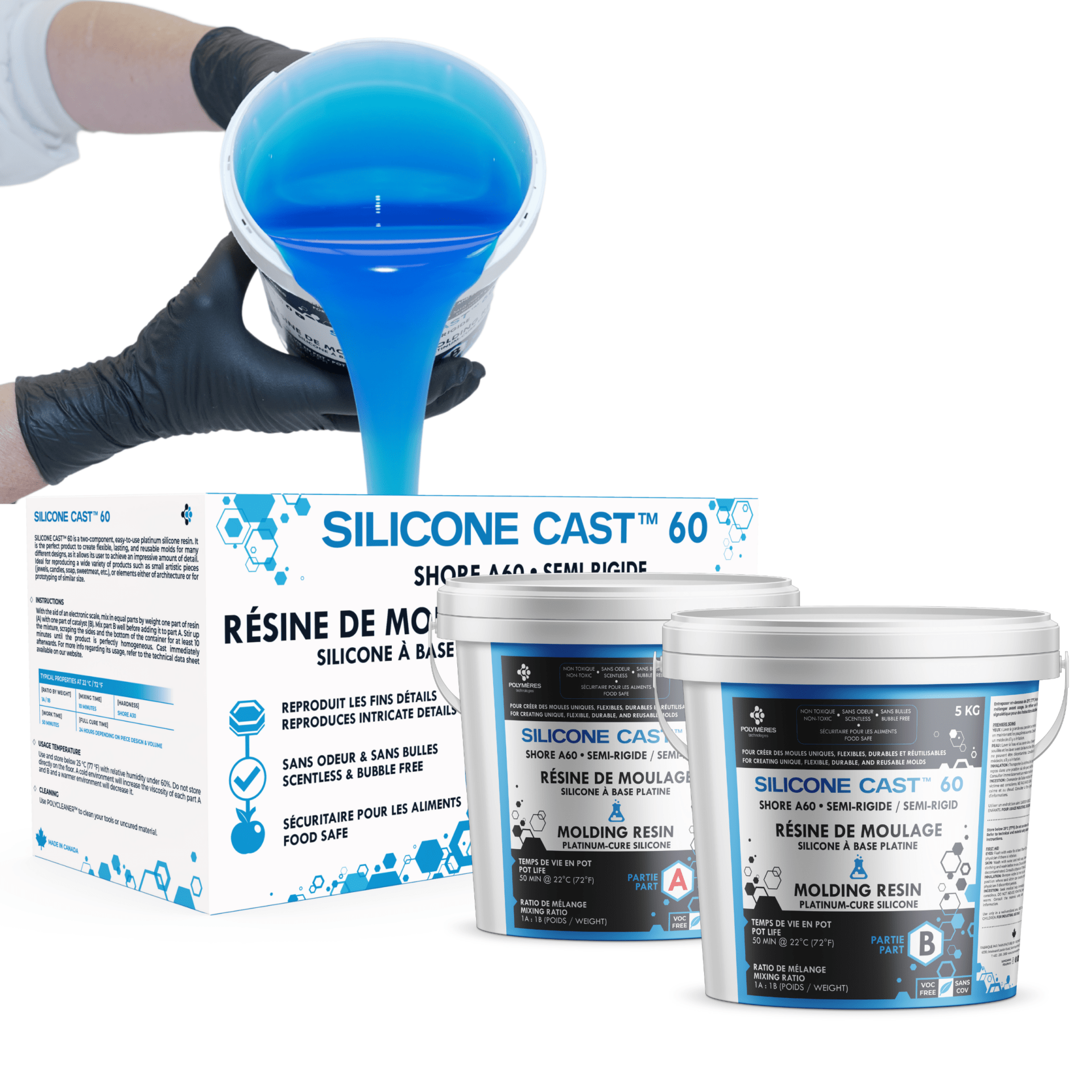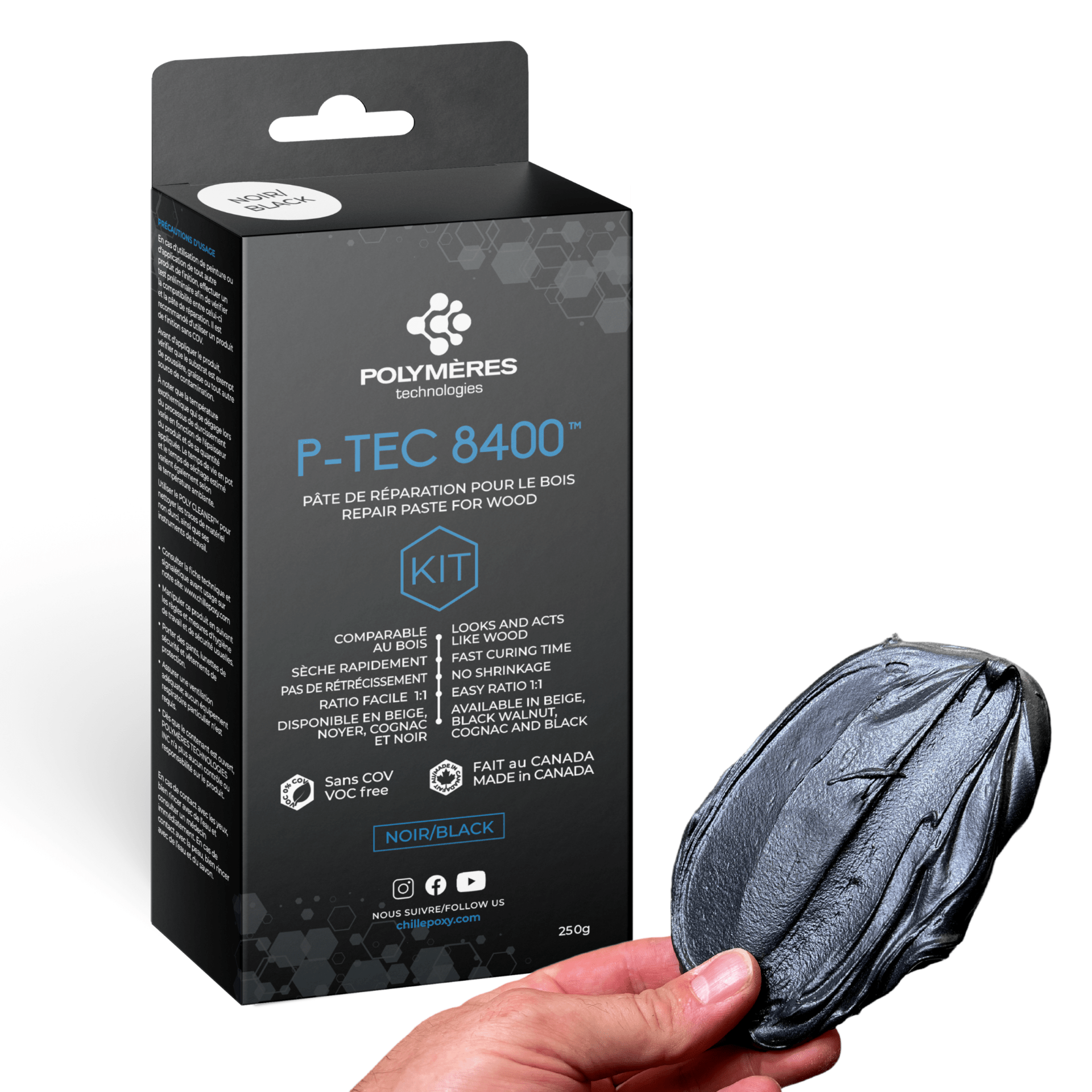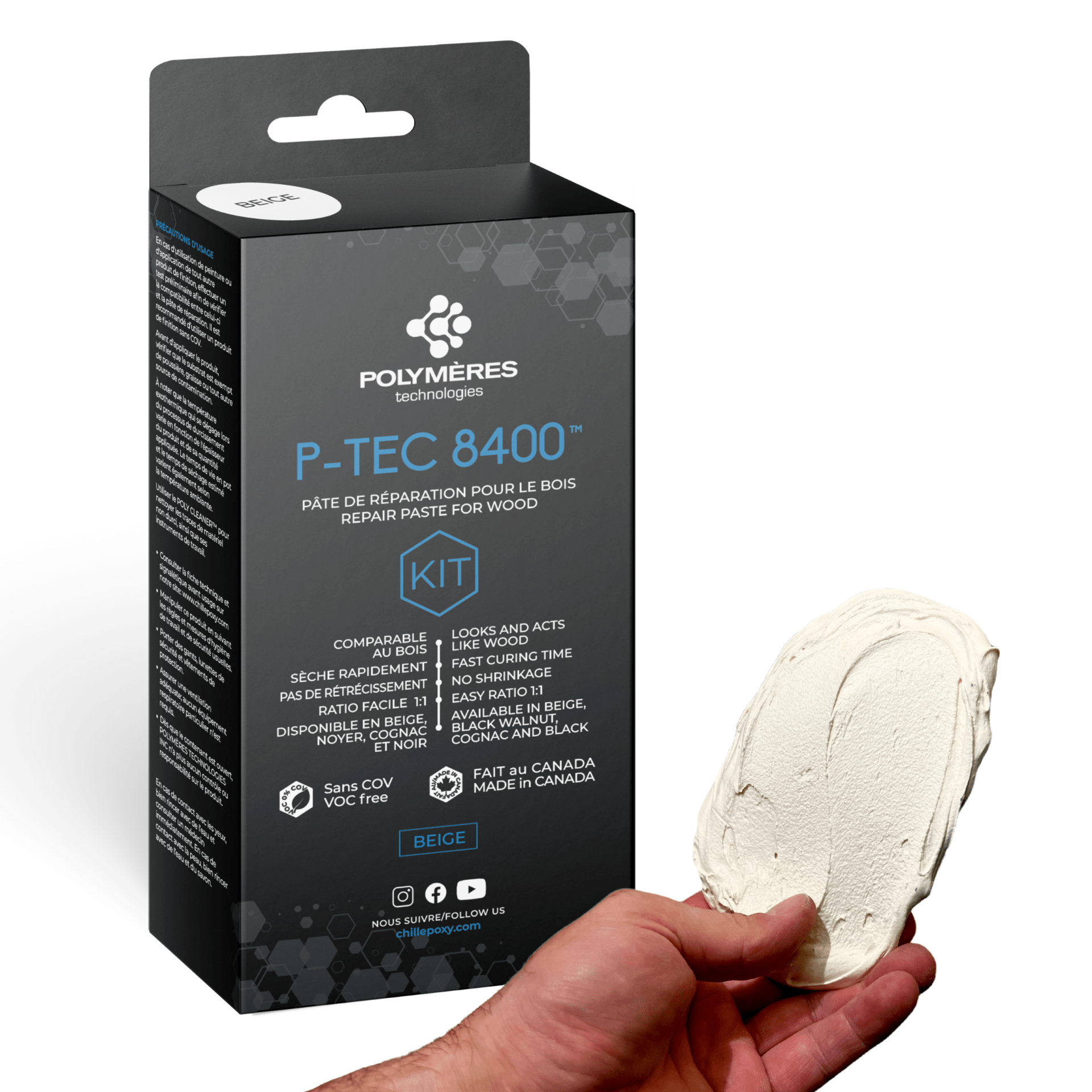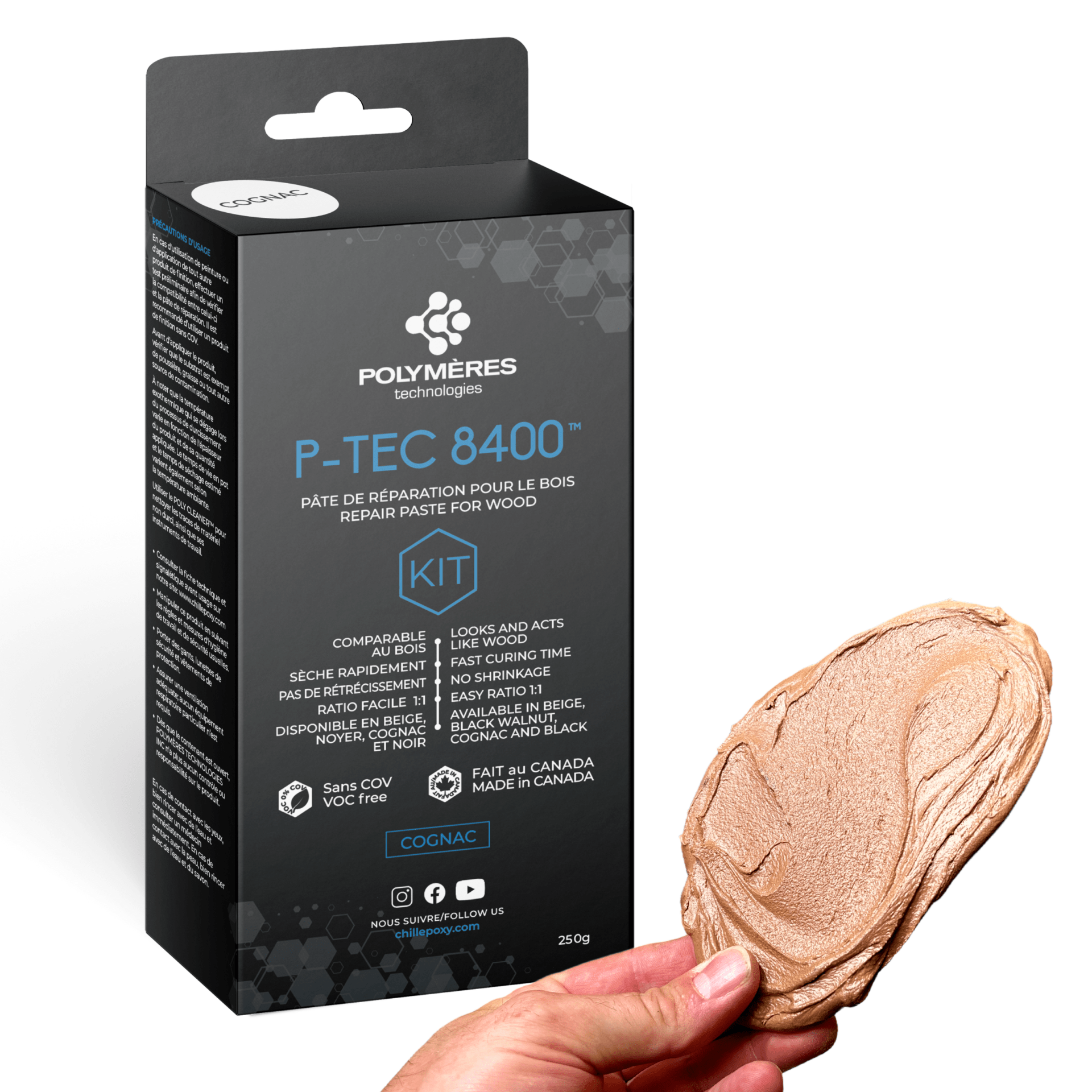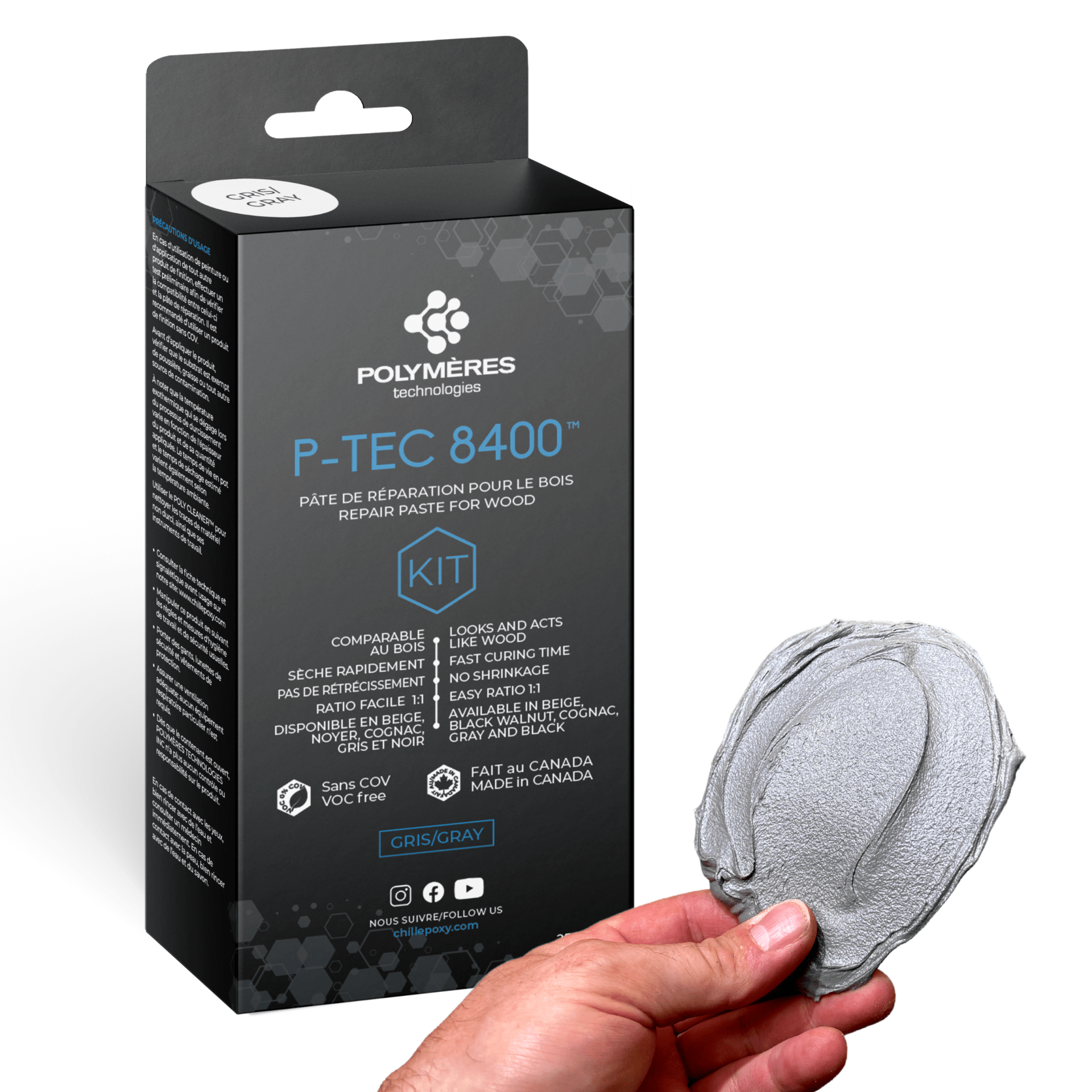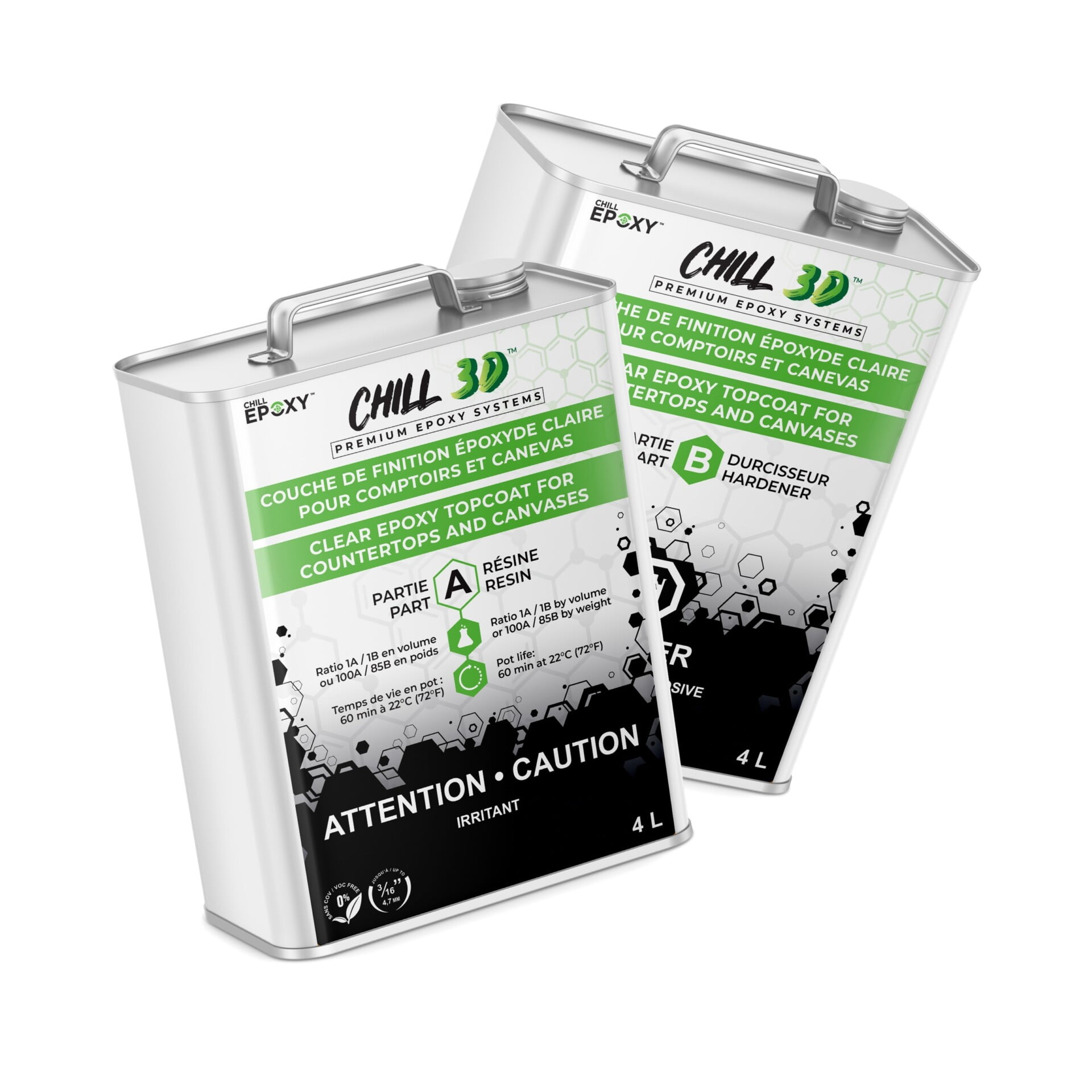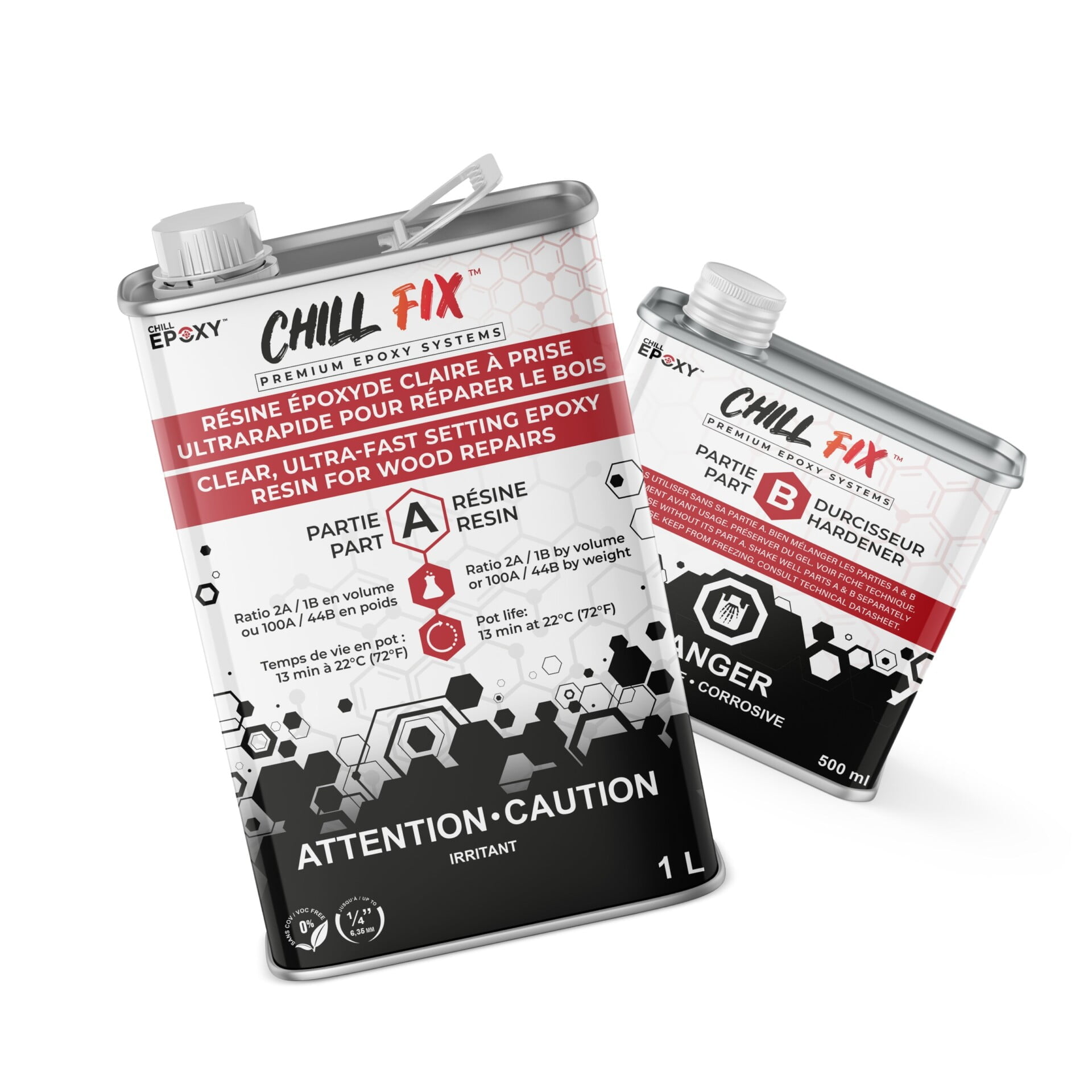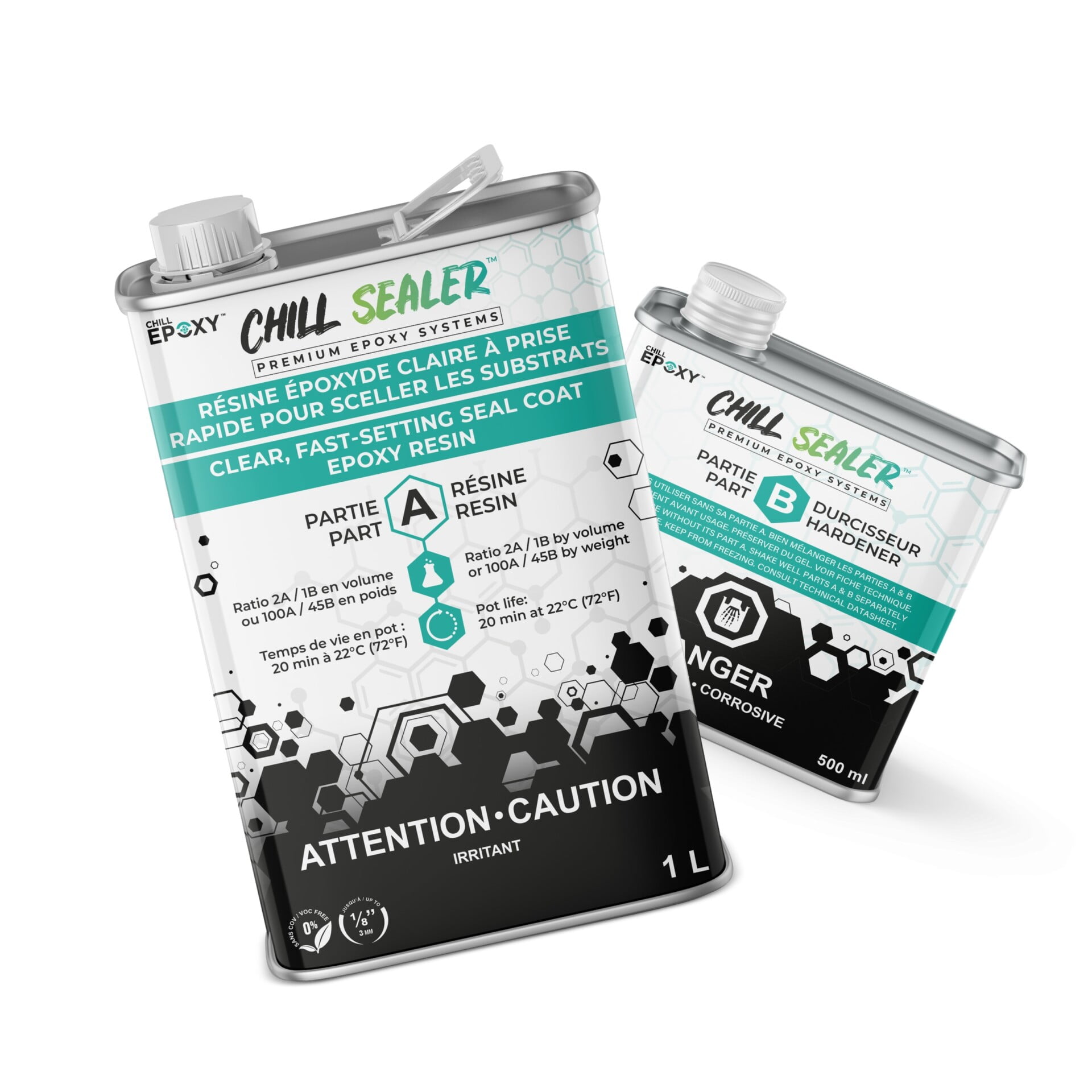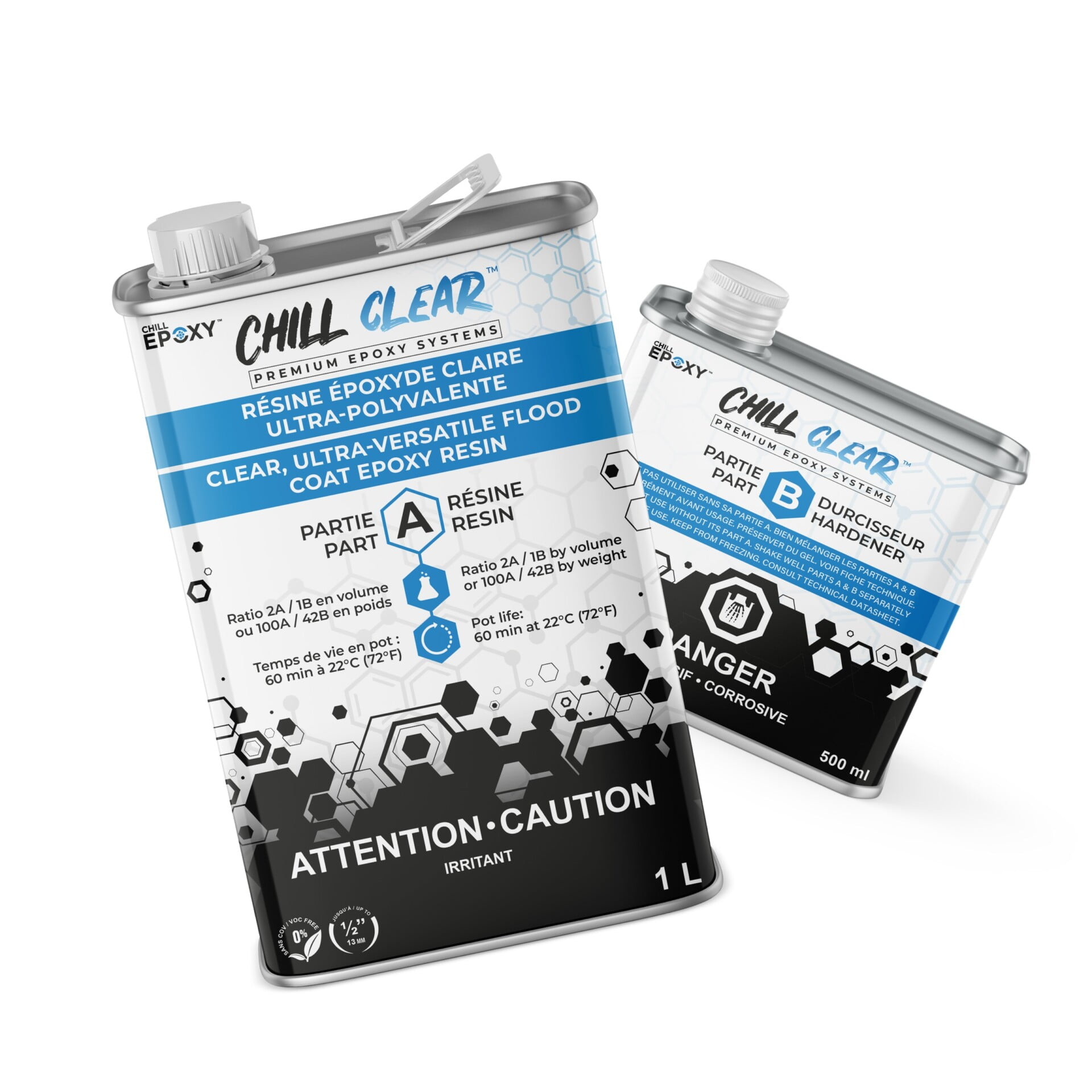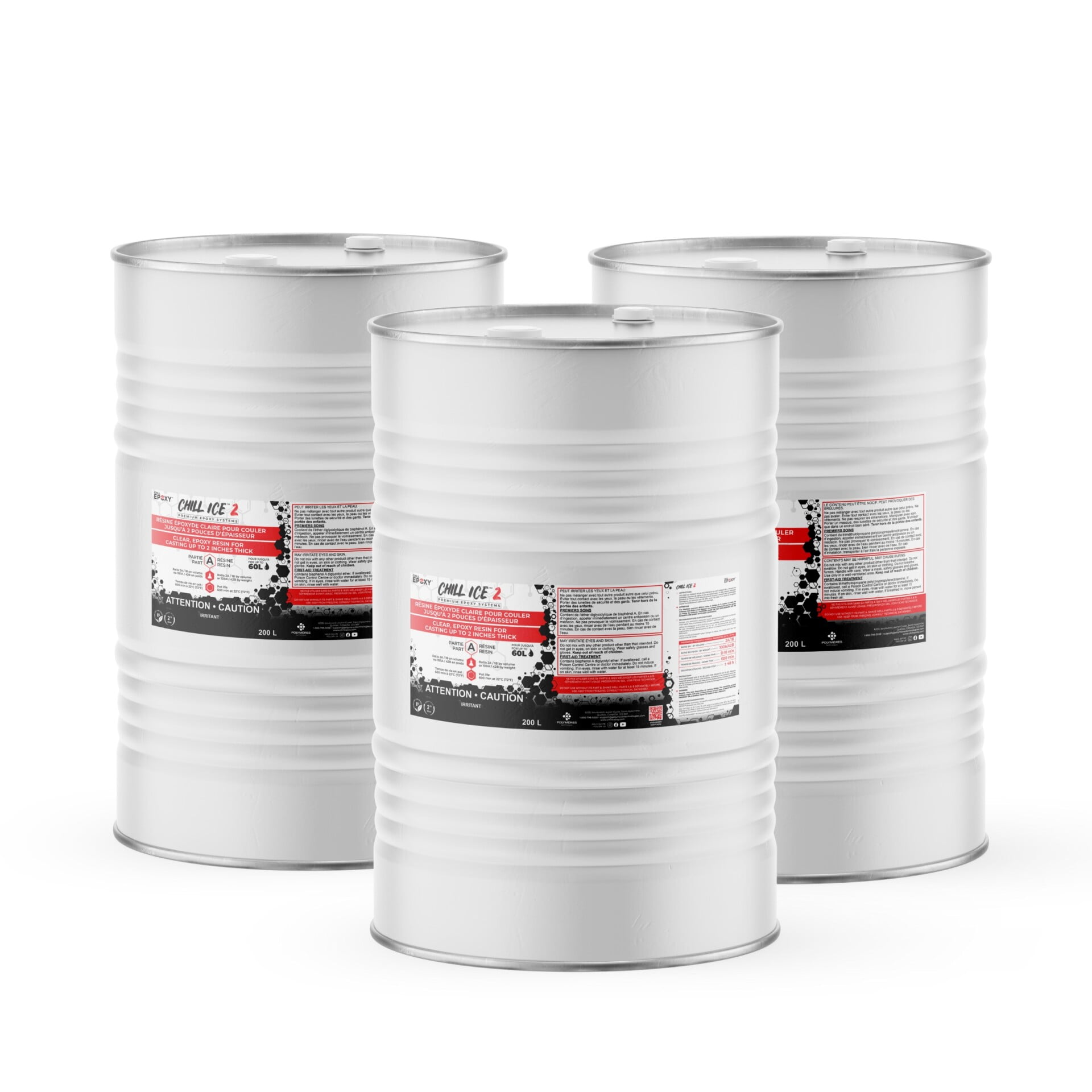Default
Top Epoxy Resin Techniques to Try
Top Epoxy Resin Techniques to Try
Top Epoxy Resin Techniques to Try. Epoxy resin has taken the crafting world by storm, offering endless possibilities for creating unique and stunning works of art. Whether you’re an experienced artist or a beginner looking to explore new creative horizons, epoxy resin techniques can be both exciting and rewarding. In this article, we’ll delve into some of the top epoxy resin techniques that you can try, from basic to advanced, to craft exceptional pieces that captivate the eye and spark conversations.
Understanding Epoxy Resin
Before we dive into the techniques, let’s understand what epoxy resin is. Epoxy resin is a versatile liquid polymer that, when mixed with a hardener, undergoes a chemical reaction resulting in a durable and glossy finish. It’s commonly used in various industries, including woodworking, jewelry making, and home decor, to create stunning, glass-like surfaces.
Basic Epoxy Resin Techniques
Pouring Technique
One of the fundamental epoxy resin techniques is the pouring method. It involves mixing epoxy resin with a hardener and then pouring the mixture onto a flat surface to create a glossy and vibrant layer. This technique is popular for creating colorful and abstract resin art pieces.
Coating Technique
The coating technique is perfect for adding a protective and glossy layer to surfaces like tabletops and countertops. It involves evenly spreading epoxy resin over the surface to achieve a seamless and reflective finish that enhances the underlying materials.
Embedding Technique
The embedding technique allows you to incorporate various objects and materials into epoxy resin to create visually captivating pieces. This technique is commonly used to preserve items like flowers, coins, or even small trinkets within a clear resin layer.
Advanced Epoxy Resin Techniques
Geode-Inspired Designs
Creating geode-inspired designs with epoxy resin involves mimicking the appearance of colorful and crystal-filled geodes. By layering and manipulating pigmented resin, you can achieve intricate and mesmerizing patterns that resemble the natural beauty of geodes.
Epoxy Pigment Effects
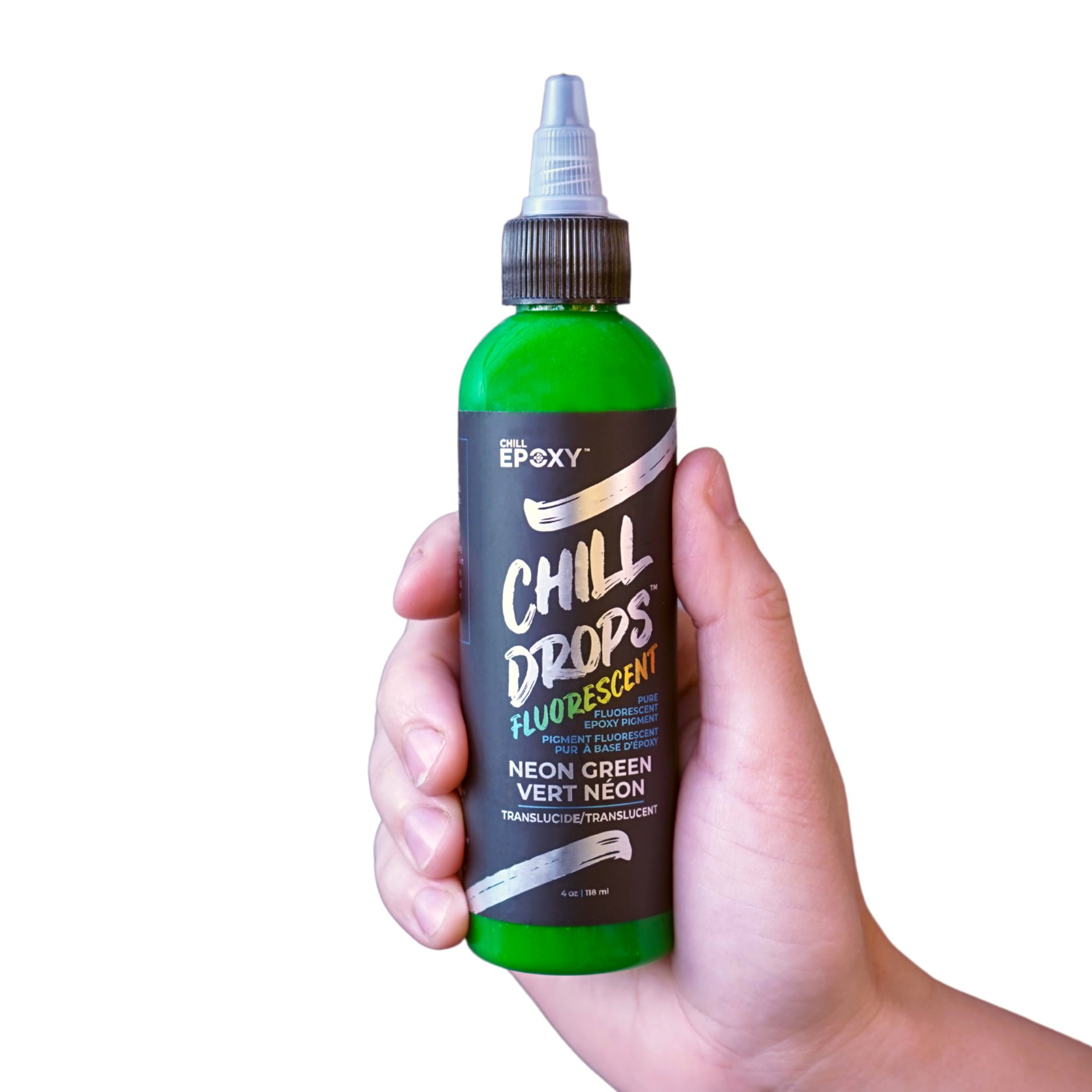
Epoxy pigments and epoxy resin are a dynamic duo that can result in stunning abstract art. By combining Epoxy pigments with epoxy resin, you can create vibrant and flowing patterns that evoke emotion and energy in your artwork. Epoxy pigments are highly pigmented, fast-drying inks that are incredibly versatile in artistic applications. Epoxy resin, on the other hand, is a glossy and transparent material that can be poured over surfaces to create a stunning glass-like finish. When these two mediums collide, the results are breathtaking. Experimentation is key when it comes to achieving mesmerizing effects. Try dropping and spreading Epoxy pigments onto the epoxy-coated surface. Swirl the inks to create marbled patterns or use straws to blow the inks around, forming intricate designs. These techniques offer endless creative avenues.
Resin and Wood Combinations
Blending epoxy resin with wood opens up a world of possibilities. You can enhance the natural beauty of wood grain by applying resin layers, creating a glossy and dimensional effect. The contrast between the wood’s warmth and the resin’s shine is visually striking.
The marriage of natural wood and modern resin has given birth to a mesmerizing trend that’s taking the world of craftsmanship by storm. The fusion of these materials not only showcases innovative design but also enhances the durability of wood-based creations. In this comprehensive guide, we’ll dive deep into the realm of resin and wood combinations, uncovering the techniques, benefits, creative applications, and more. Let’s embark on a journey where traditional elegance meets contemporary ingenuity. The synergy between resin and wood has opened up an array of possibilities for artisans and designers. This harmonious blend brings together the warmth of wood and the sleekness of resin, creating an aesthetic that appeals to both rustic admirers and modern enthusiasts.
Resin Jewelry Making

Epoxy resin’s versatility extends to jewelry making. Crafting resin pendants and earrings allows you to encapsulate delicate flowers, glitter, or even tiny artworks, resulting in wearable pieces of art that are as unique as they are beautiful. Resin jewelry making is an art form that combines creativity, craftsmanship, and chemistry to produce intricate and eye-catching jewelry pieces. The enchanting allure of resin lies in its ability to transform ordinary materials into extraordinary wearable art. Whether you’re a beginner eager to dip your toes into this fascinating craft or an experienced artisan seeking to refine your skills, this guide will walk you through the world of resin jewelry making, from the foundational techniques to advanced designs.
Creating Resin Art

To successfully create resin art that leaves a lasting impression, careful attention to detail is crucial. Start by preparing your workspace and gathering all the necessary materials. Ensure proper ventilation and wear safety gear like gloves and a mask to protect yourself from resin fumes.
When mixing epoxy resin, follow the manufacturer’s instructions to achieve the right resin-to-hardener ratio. Thoroughly mix the components to avoid uneven curing or sticky surfaces. To achieve desired colors, incorporate pigments and dyes into the mixture. Experiment with different color combinations to bring your artistic vision to life. Resin art has emerged as an exciting and captivating form of artistic expression that allows individuals to create stunning and unique pieces of art. With its glossy finish and vibrant colors, resin art has captured the attention of artists and enthusiasts around the world.
Resin in Woodworking
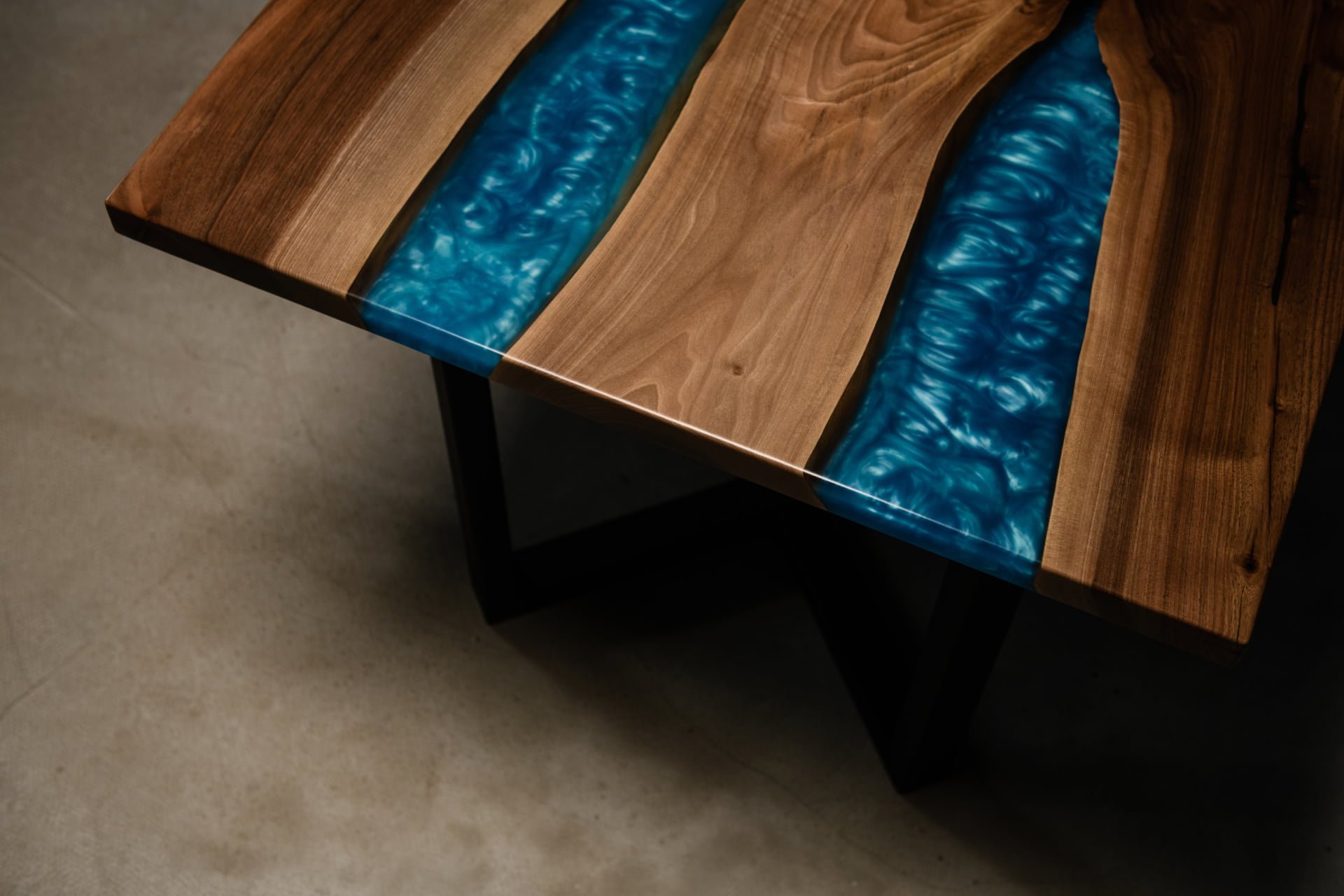
Epoxy resin has revolutionized woodworking by allowing artisans to merge wood and resin seamlessly. By pouring resin into cracks, voids, or even carved patterns, you can create visually striking contrasts between the wood and the glossy resin. The result is a harmonious blend of organic and modern elements.
Furniture enthusiasts can take advantage of epoxy resin to craft one-of-a-kind pieces. Imagine a dining table with a resin-filled river-like feature, showcasing the natural imperfections of wood alongside the elegance of resin. The art of woodworking has been evolving for centuries, with craftsmen continually seeking innovative ways to enhance the beauty and functionality of their creations. One such innovation that has gained significant attention is the incorporation of resin into woodworking projects.
Resin, a versatile and durable material, has opened up new avenues for creativity while also reinforcing the structural integrity of woodwork. In this comprehensive guide, we will delve into the world of resin in woodworking, exploring its various applications, techniques, benefits, and even addressing some common questions. Whether you’re an experienced woodworker or a novice enthusiast, read on to unlock the potential of resin in woodworking and elevate your craftsmanship to new heights.
Resin in Jewelry Making
Jewelry makers can elevate their craft with epoxy resin. Experiment with various molds and shapes to create resin pendants, earrings, and charms. Incorporate flowers, leaves, or other organic materials to encapsulate nature’s beauty within your jewelry pieces.
Resin in Home Decor
Resin’s versatility extends to home decor as well. Designing epoxy resin coasters allows you to combine functionality with aesthetics. Craft personalized resin trays with intricate designs to serve as conversation starters during gatherings. Add a touch of elegance to ordinary items like picture frames or key holders by incorporating resin accents.
Tips for Successful Epoxy Resin Projects
Achieving stunning epoxy resin creations requires attention to detail and technique. First, accurately measure and mix the resin and hardener. Even a slight discrepancy in measurements can affect the curing process and final outcome. Mix the components thoroughly but avoid creating excessive air bubbles during the mixing process.
To minimize the appearance of air bubbles, gently pass a heat gun or torch over the surface of the resin after pouring. This process helps trapped air escape, resulting in a smooth and clear finish. Be cautious not to overheat the resin, as this can lead to undesirable effects.
Safety Precautions
While epoxy resin can lead to stunning creations, it’s essential to prioritize safety throughout your crafting journey. Always work in a well-ventilated area to prevent inhaling resin fumes. Wear appropriate safety gear, including gloves and a respirator mask, to shield your skin and lungs from potential irritants.
Troubleshooting Common Issues
Encountering challenges during epoxy resin projects is common, but these issues can be overcome with patience and the right approach. If you find that your resin remains sticky after the recommended curing time, it may be due to incorrect measurements or inadequate mixing. Assess the resin-to-hardener ratio and ensure thorough mixing before pouring.
Uneven surfaces can occur if the resin isn’t distributed evenly across your project. To remedy this, carefully spread the resin with a spatula or brush, ensuring complete coverage. You can also sand down any imperfections once the resin has fully cured.
Inspiration and Personalization
Drawing inspiration from your surroundings and personal interests can elevate your resin projects. Nature often provides a wealth of ideas, from replicating the colors of a sunset to encapsulating the beauty of a blooming flower. Feel free to let your creativity flow and experiment with different techniques to achieve your artistic vision.
Personalization is another key aspect of resin crafting. Incorporate meaningful items into your projects to make them uniquely yours. Whether it’s a special photo, a cherished trinket, or a favorite color palette, infusing your personality into your creations can make them even more special.
Benefits of Epoxy Resin Crafts
The benefits of working with epoxy resin extend beyond the visual appeal of the final products. Epoxy resin creates a durable surface that resists scratches, moisture, and UV damage, ensuring that your creations remain vibrant and intact for years to come. The glossy finish adds a touch of sophistication to any piece, making it a perfect addition to both functional and decorative items.
Conclusion
Epoxy resin techniques offer a thrilling way to explore your creativity and produce breathtaking artistry. From simple pouring techniques to intricate geode-inspired designs, epoxy resin provides endless opportunities for crafting unique and mesmerizing pieces. By understanding the fundamental techniques, experimenting with different materials, and prioritizing safety, you can embark on a journey of self-expression that yields beautiful and lasting results.
FAQs
Q1: Is epoxy resin safe to use at home? A: Yes, epoxy resin is safe to use at home, but it’s crucial to work in a well-ventilated area and wear proper safety gear to minimize exposure to fumes.
Q2: How do I prevent air bubbles in my resin projects? A: To prevent air bubbles, mix the resin and hardener thoroughly, and gently pass a heat gun or torch over the surface to release trapped air.
Q3: Can epoxy resin be used on outdoor projects? A: Yes, epoxy resin can be used for outdoor projects, but it’s essential to choose a UV-resistant resin to prevent yellowing and degradation from sun exposure.
Q4: How can I fix sticky or uncured resin? A: If your resin remains sticky after curing, it might be due to incorrect measurements or incomplete mixing. Review your process and consider sanding down the surface before reapplying resin.
Q5: What’s the curing time for epoxy resin projects? A: The curing time varies based on the brand and type of epoxy resin used. Generally, it takes around 24 to 72 hours for epoxy resin to fully cure, but follow the manufacturer’s guidelines for accurate timing.


